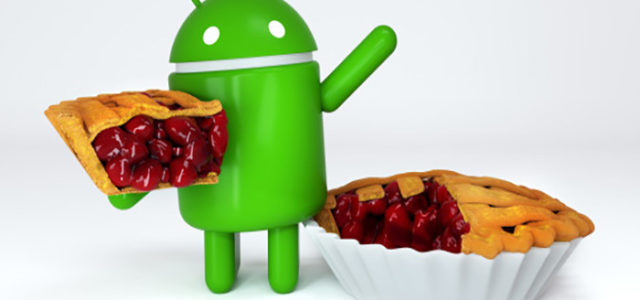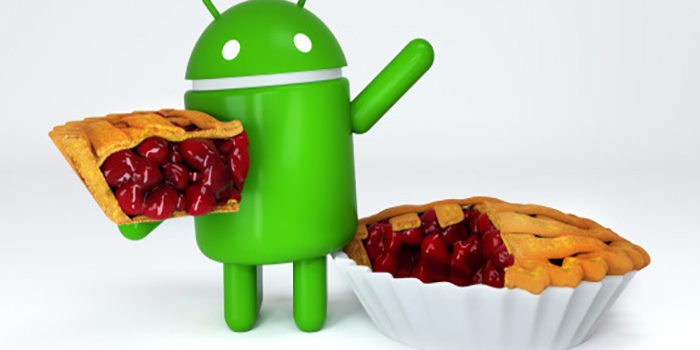


When Apple unveiled the iPhone in 2007, it started the smartphone revolution. It’s hard for some people to remember a time before smartphones, in fact.
However, for those who kept up with technology back in the late 2000s, it was like watching history unfold before one’s eyes.
Shortly after the introduction of the iPhone, Google purchased Android, Inc., a company hard at work on their own mobile operating system.
The Android system would function as a platform-agnostic OS for use by any third-party phone manufacturer. The rest, as they say, is history…
The Story of Android
Beginnings
Android Inc. began work on the Android OS in 2005, a full two years before their acquisition by Google. When Apple up-ended the mobile phone market with the iPhone in 2007, Google moved quickly to get their slice of the pie. They snatched up Android, Inc. and unfurled plans to license the OS for third-party phone manufacturers.
In this way, Android is not dissimilar from Microsoft’s Windows operating system. Much like Windows, Android can be used on third-party hardware, is more “open,” and competes directly with a proprietary Apple system.
Hardware
The very first commercially-available Android device was the HTC Dream, released in September 2008. This began the long-lasting association between HTC and Android, as HTC’s flagship phones defined the Android platform for years.
However, HTC’s dominance in the field would wane eventually. In recent years, HTC has been eclipsed by Samsung’s Galaxy line of phones. Likewise, Google’s own Nexus line of devices has since given way to the Google Pixel lineup. Countless other devices have used the Android OS, from Motorola to Huawei, and the platform runs nearly unopposed in the Chinese smartphone market.
Today
In the modern era, Android supports 2 billion users, making it the largest mobile OS in the world by a wide margin. This is due to a few factors. For one thing, it has no meaningful competition outside of Apple’s iPhone line of products. While some competitors, like Windows Phone, have appeared, they’ve largely been unable to make a dent in Android.
While iPhone’s Apple OS is a solid and user-friendly mobile OS, its biggest limitation is also its biggest strength. It’s closed-off and appears only on Apple devices. Android, on the other hand, is an open OS that can appear on pretty much any manufacturer’s phones. This gives it reach that Apple’s OS simply can’t have, as only so many iPhones will be sold.
The future today seems to be quite bright for the Android OS. As it stands, it seems unlikely any other mobile OS could overtake the dominant Android. Even Apple, with their highly successful iPhone, isn’t in any danger of being overtaken by a new competitor. Time will tell, however, what new permutations the Android OS takes as phone change and evolve with new technology.










